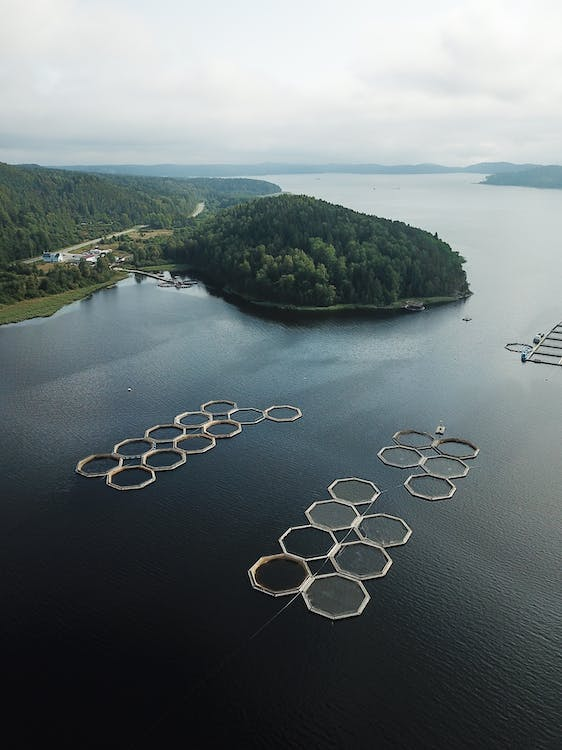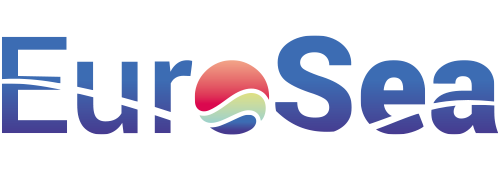
Description
Aquaculture is a sensitive sector that relies heavily on stable marine conditions. Extreme events like sudden temperature shifts, oxygen depletion, and pH changes can lead to significant losses. Having a tailored forecasting system that offers ensemble forecasts for these specific parameters represents a marked improvement over existing systems. The service aims to measure and forecast these specific Extreme Marine Events, assisting aquaculture operators. The output also entails the delivery of assessment systems and the development of outputs such as bulletins. The proposed delivery rate is four extreme marine event assessments per year.
Impact During the Project
Tailored Forecasting:
Traditional State: Earlier forecasting models may have provided general marine forecasts, which may not be directly applicable or comprehensive enough for aquaculture operators.
Advancement: The new service focuses on parameters of utmost importance to aquaculture: oxygen levels, heat (temperature), and pH. This tailored approach ensures that forecasts are directly relevant to aquaculture operators.
Ensemble Forecasts:
Traditional State: Traditional forecasting might rely on single models, which might not account for the full range of possible outcomes.
Advancement: Ensemble forecasting uses multiple models or multiple runs of a single model to predict a range of potential outcomes, providing a more comprehensive view of possible future conditions and their associated probabilities.
User Engagement and Bulletins:
Traditional State: Previous services might have relied on periodic reports or less user-friendly methods of dissemination.
Advancement: Regular bulletins and alerts ensure that aquaculture operators receive timely and actionable information, enabling them to make well-informed decisions.
Impact Post Project
Improved Decision-making in Aquaculture:
Traditional State: Aquaculture operators may have had to make decisions based on limited or less specific data, potentially leading to risks and inefficiencies.
Advancement: With precise and relevant alerts, aquaculture operators can pre-emptively take actions to mitigate risks posed by extreme marine events, leading to reduced losses and improved operational efficiency.
User Satisfaction and Continuous Service:
Traditional State: Previous forecasting systems might not have been as user-centric, leading to potential gaps between provided information and user needs.
Advancement: By measuring user satisfaction and the number of alerts acted upon, the service ensures that it remains aligned with user needs. The aim for the system to continue post-project suggests a commitment to long-term value delivery.
Advancement over and above State of the Art
The introduction of a forecasting system tailored for aquaculture’s specific needs represents a significant leap from traditional marine forecasting methods. By focusing on ensemble forecasts of critical parameters and ensuring timely dissemination through bulletins, the service bridges the gap between advanced marine science and practical aquaculture operations. This user-centric approach, combined with the ambition for the system’s longevity post-project, signifies a robust and sustainable advancement over the state of the art.
Links and References
Link to D2.4 – Indicators for demonstrators and forecast: https://eurosea.eu/download/eurosea_d2-4_development_targeted_indicators-2/?wpdmdl=5518&refresh=650197c521a2e1694603205
